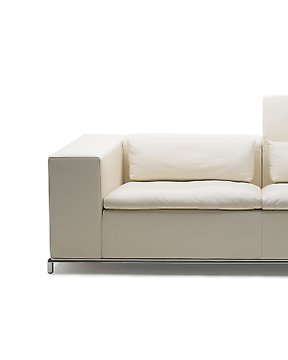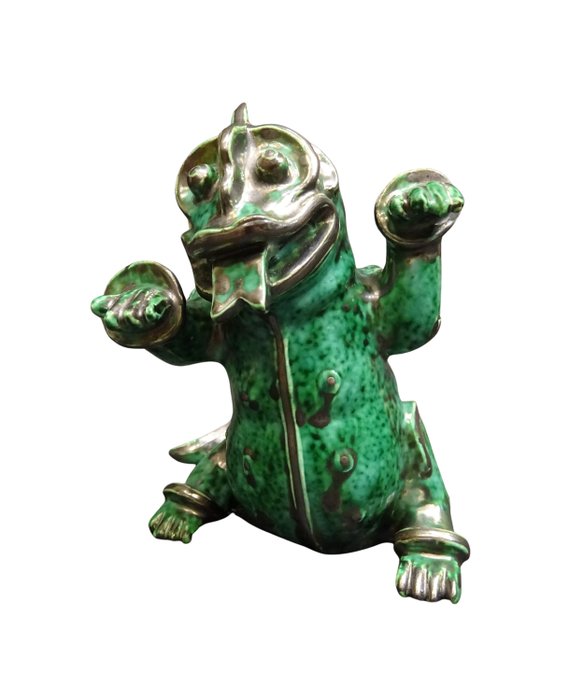
Antonella Scarpitta - de Sede - Sofa (1) - DS 7/3
No. 43184067

No. 43184067

Unique sculpture or figure made by the artist Wilhelm Kage at the Swedish manufacturer Gustavsberg, known as "Dragon Whelp". It belongs to the exclusive ARGENTA series
These sculptures are highly valued and sought after in the world of art and collecting, for their artistic, material and creative value. It represents the nice figure of a baby dragon. The material used for its creation is glazed and silvered porcelain stoneware. Stoneware is a much more resistant type of porcelain since it is vitrified.
Wilhelm Kage (1889-1960) was born and raised in the Swedish capital of Stockholm. He studied drawing at the Faculty of Arts, Crafts and Design at Stockholm University. He continued his studies in Munich, honing his skills as an illustrator. Wilhelm's posters attracted the attention of the Gustavsberg porcelain factory. The factory hoped to revive interest in its production and sought out artists with new ideas. Wilhelm accepted the offer, despite his lack of clay, firing and glazing experience. He was tasked with giving an artistic touch to the functional elements of the factory. The factory's bet on Wilhelm would pay large dividends.
In the 1920s, Wilhelm created the Argenta series that was popularised at the Stockholm Exhibition of 1930. The series consisted of pots, bowls and vases adorned with a characteristic green varnish. The objects have a silver decoration with dragons, flowers and dancing girls. Argenta was first manufactured in flint but later it was manufactured in stoneware.
How to buy on Catawiki
1. Discover something special
2. Place the top bid
3. Make a secure payment